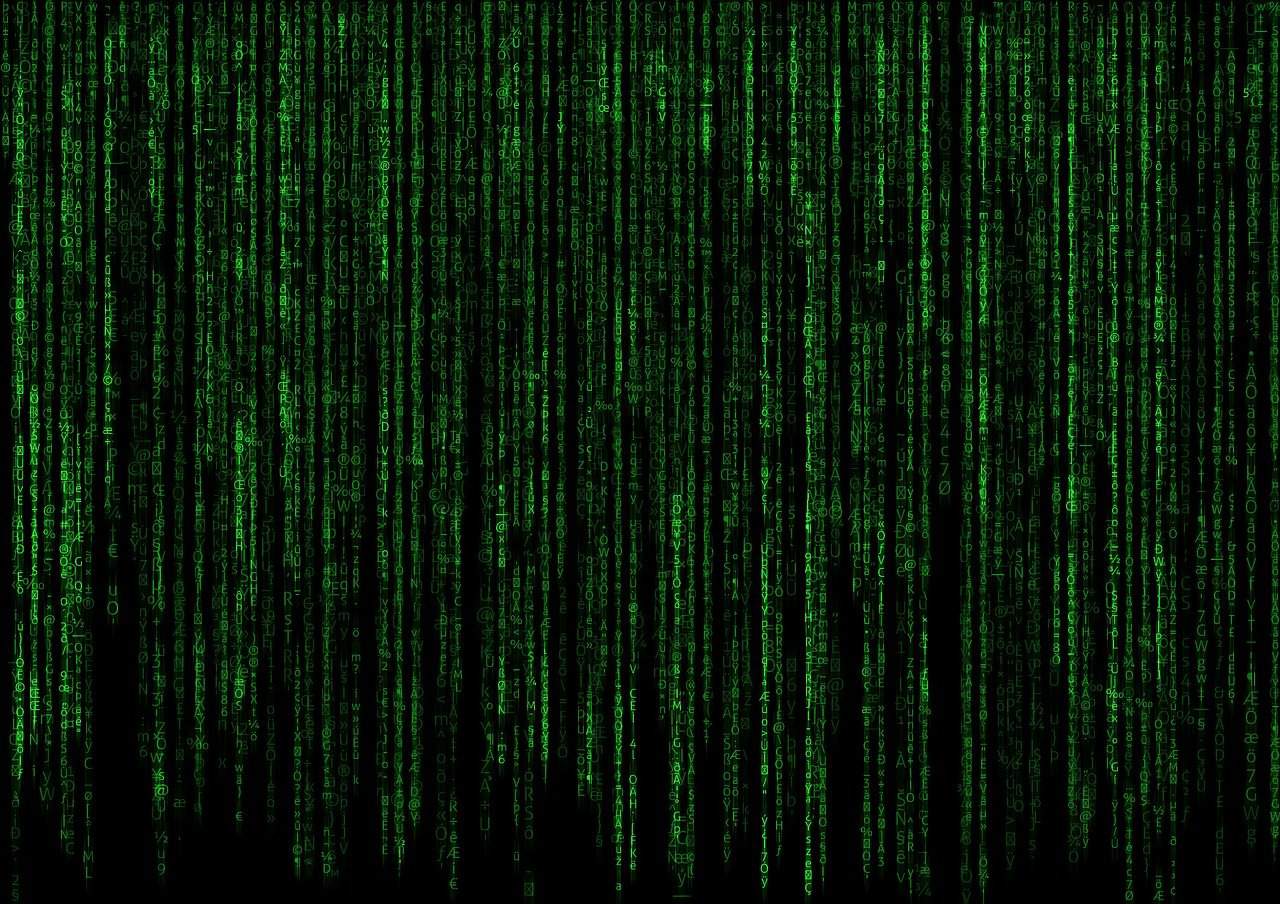Comprehensive Guide to Python Web Development for Beginners
Python web development has emerged as a popular choice among developers for building dynamic websites and web applications. Its simplicity, readability, and vast ecosystem of libraries and frameworks make Python an ideal language for this purpose. In this guide, we will explore the essentials of Python web development, including necessary tools, frameworks, and best practices.
What is Python Web Development?
Python web development involves creating web applications and websites using the Python programming language. Developers utilize Python for tasks such as writing server-side logic, handling HTTP requests and responses, managing data storage and retrieval, and rendering dynamic content.
Why Use Python for Web Development?
- Ease of Learning: Python’s straightforward syntax and readability make it an excellent choice for beginners.
- Versatile Ecosystem: A wealth of libraries and frameworks simplifies the development process.
- High Performance: Robust libraries ensure efficient development and scalability of applications.
- Cross-Platform Compatibility: Python runs seamlessly on various platforms including Windows, macOS, and Linux.
Setting Up Your Development Environment
- Install Python: Download and install Python from the official website, and follow the instructions for your operating system.
- Choose a Web Framework: Python offers several web frameworks, including:
- Django: A free, open-source framework known for rapid development of complex applications.
- Flask: A lightweight framework ideal for small to medium-sized web applications.
- Pyramid: A flexible framework well-suited for both small and large applications.
- CherryPy: A minimalist framework supporting various data access technologies.
Creating Your First Web Application in Python
- Set Up a Virtual Environment: Create a folder for your project and set up a virtual environment using `virtualenv` or Python’s built-in `venv` module.
- Select a Framework: Based on your needs and familiarity, choose a framework—for beginners, Flask is often recommended.
- Install Required Libraries: For Django, for instance, you would run
pip install djangoto get started. - Create a New Project: Use the framework’s command-line tool. For Django, use
django-admin startproject myproject.
Best Practices for Python Web Development
- Follow the framework’s documentation thoroughly.
- Utilize version control systems like Git for managing your codebase.
- Test your application using frameworks like Pytest or Unittest.
- Deploy your application using tools like Docker for consistent environments.
Additional Tips for Learning Python Web Development
- Practice Regularly: Start with small projects and gradually tackle more complex applications.
- Join Online Communities: Engage with platforms like Reddit’s r/learnpython for support and learning.
- Take Online Courses: Consider platforms like Udemy, Coursera, and edX for structured learning.
Resources for Further Learning
- A Beginner’s Guide to Python Web Development and Frameworks
- Master Python Web Development: A Comprehensive Guide
Conclusion
By following this comprehensive guide on Python web development, you can effectively set up your environment and start building dynamic web applications. Remember to stay updated with the latest trends and best practices to enhance your development skills. Happy coding!
Python Web Development Projects and Real-World Applications
Key Projects
- Blog Application: Create a simple blog where users can register, log in, create, edit, and delete posts. Leverage Flask or Django for managing the backend and SQLite for data storage.
- E-commerce Platform: Design a fully functional online store allowing users to browse products, add to their shopping carts, and checkout using a payment gateway. Utilize Django for robust model management.
- Weather Application: Build a web app that provides real-time weather updates using APIs like OpenWeatherMap. Users can input their location, and the app will display relevant weather data.
- Task Management System: Develop a web application that allows users to create, update, and delete tasks. Incorporate user authentication and real-time updates using Flask and WebSocket.
Python Code Examples
Blog Application Example
from flask import Flask, render_template, request, redirect
app = Flask(__name__)
@app.route('/')
def home():
return render_template('home.html')
@app.route('/create', methods=['POST'])
def create_post():
title = request.form['title']
content = request.form['content']
# Save to database logic
return redirect('/')
if __name__ == "__main__":
app.run(debug=True)
E-commerce Platform Example
from django.shortcuts import render
from .models import Product
def product_list(request):
products = Product.objects.all()
return render(request, 'product_list.html', {'products': products})
Weather Application Example
import requests
def get_weather(city):
api_key = 'your_api_key'
base_url = f"http://api.openweathermap.org/data/2.5/weather?q={city}&appid={api_key}"
response = requests.get(base_url)
return response.json()
Real-World Applications
Python web development finds itself at the forefront of several real-world applications:
- Content Management Systems: Many CMS like Wagtail and Django CMS are built using Python, enabling users to create and manage digital content easily.
- Financial Applications: Python’s extensive libraries make it a favorite for building finance-related platforms that require complex calculations and data analysis.
- Data Science Platforms: Python seamlessly integrates with web technologies, enabling the development of web apps that visualize data, including Jupyter Dashboards.
- APIs and Microservices: The Flask framework is widely used to develop lightweight web APIs, facilitating communication between different services in microservices architecture.
Next Steps
Now that you’ve learned the fundamentals of Python web development, it’s time to dive deeper into specific frameworks. Consider experimenting with Django or Flask to create your own web applications.
You can also enhance your skills by taking on small projects, joining communities like Reddit’s r/learnpython, or enrolling in online courses focused on Python web development.
To further sharpen your skills, check out our comprehensive guide on Mastering Python Web Development and explore advanced topics and best practices.
Happy coding, and don’t hesitate to reach out to fellow developers for support on your web development journey!
